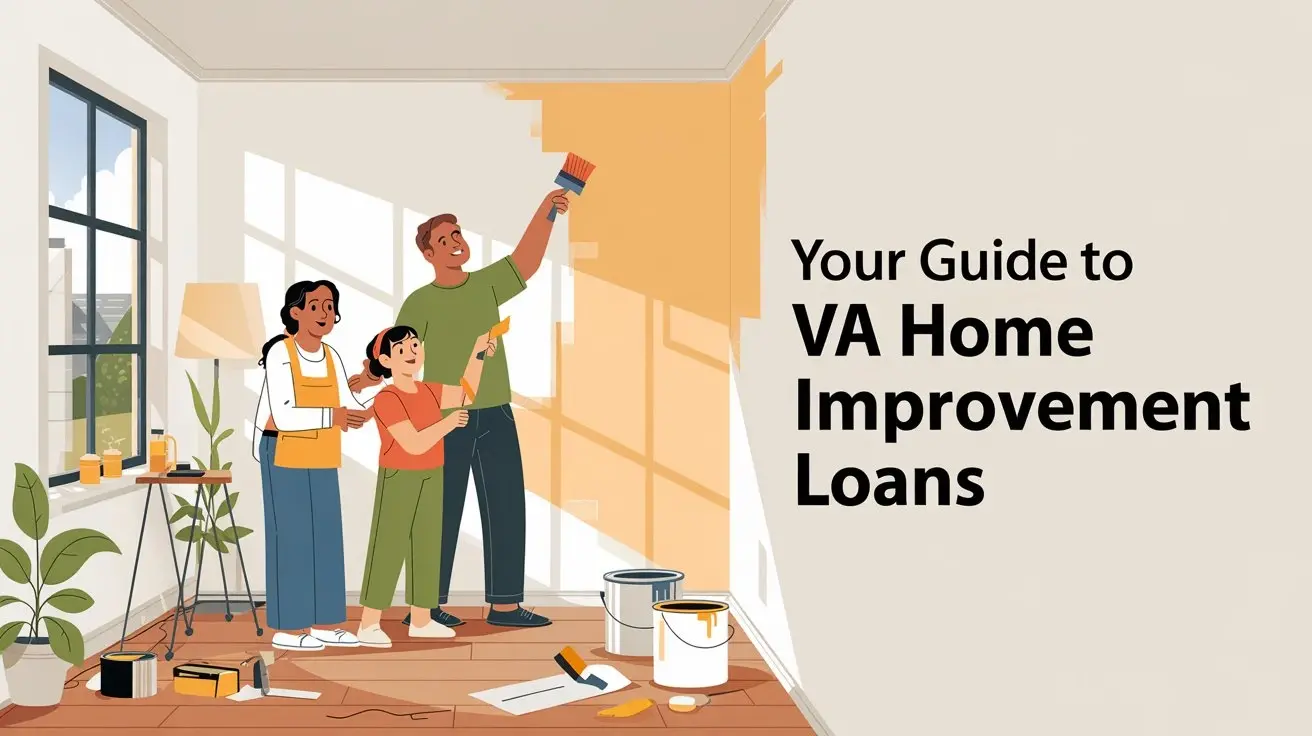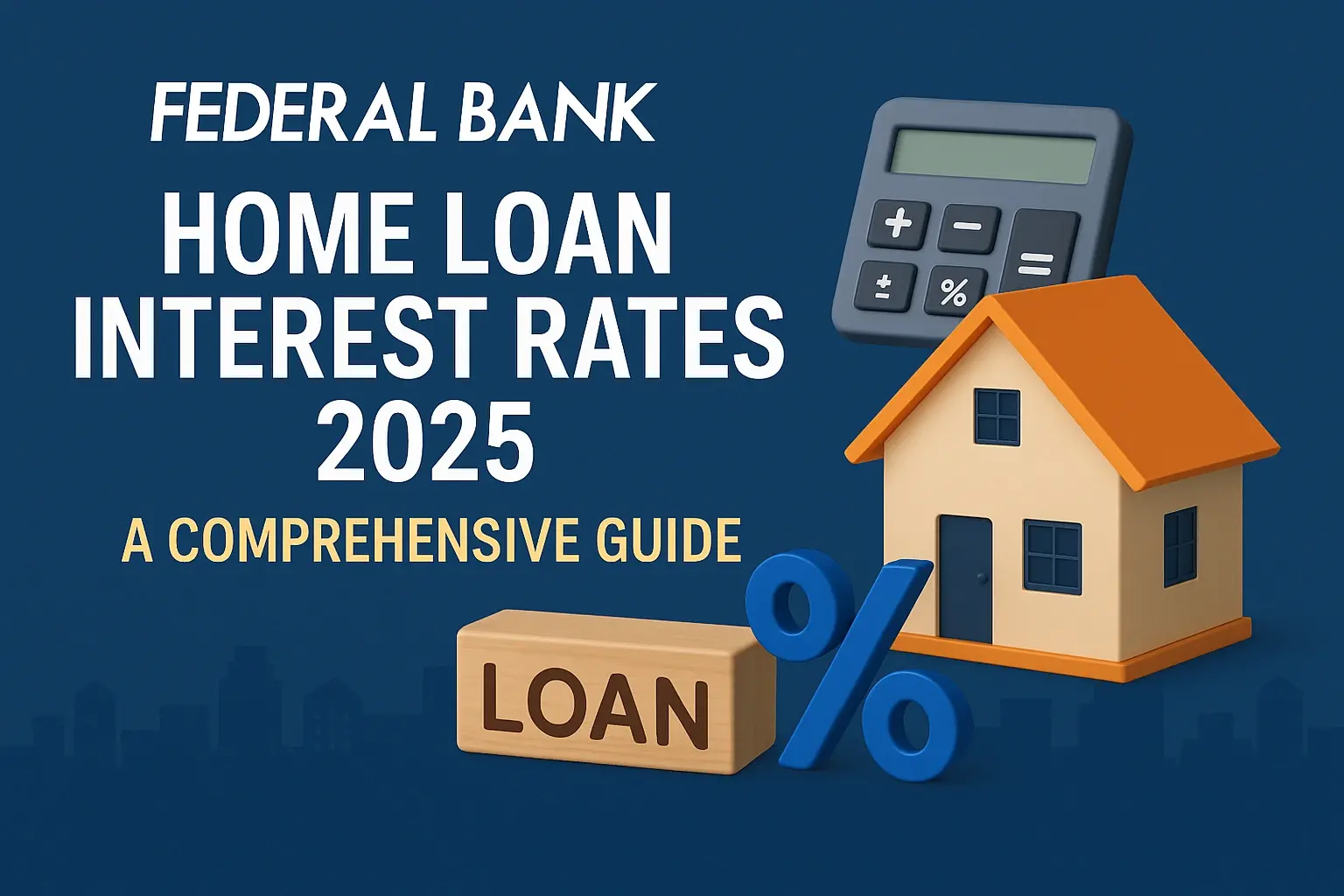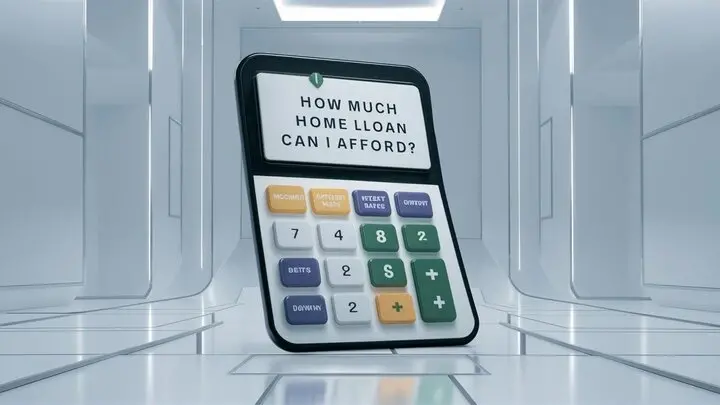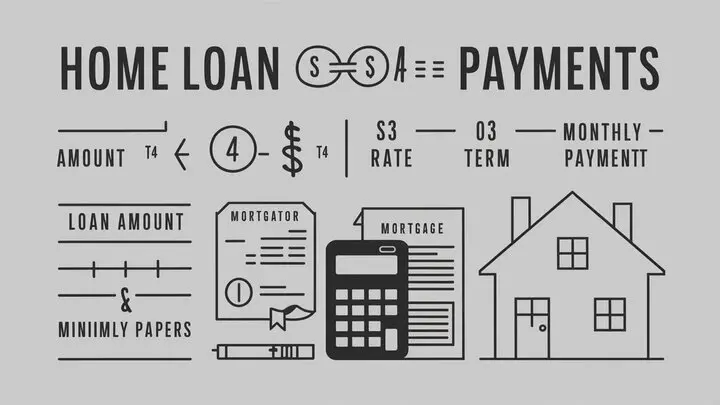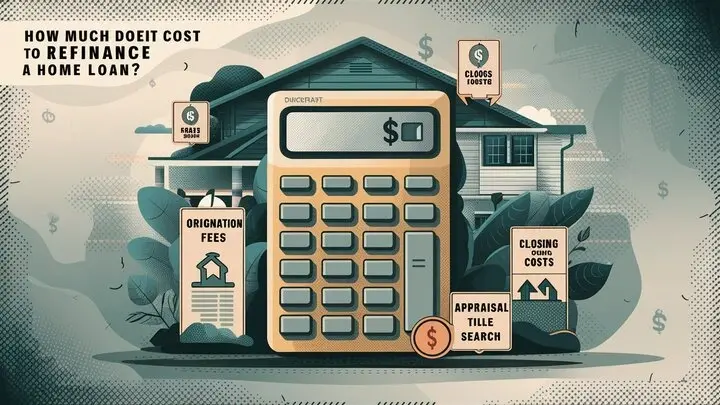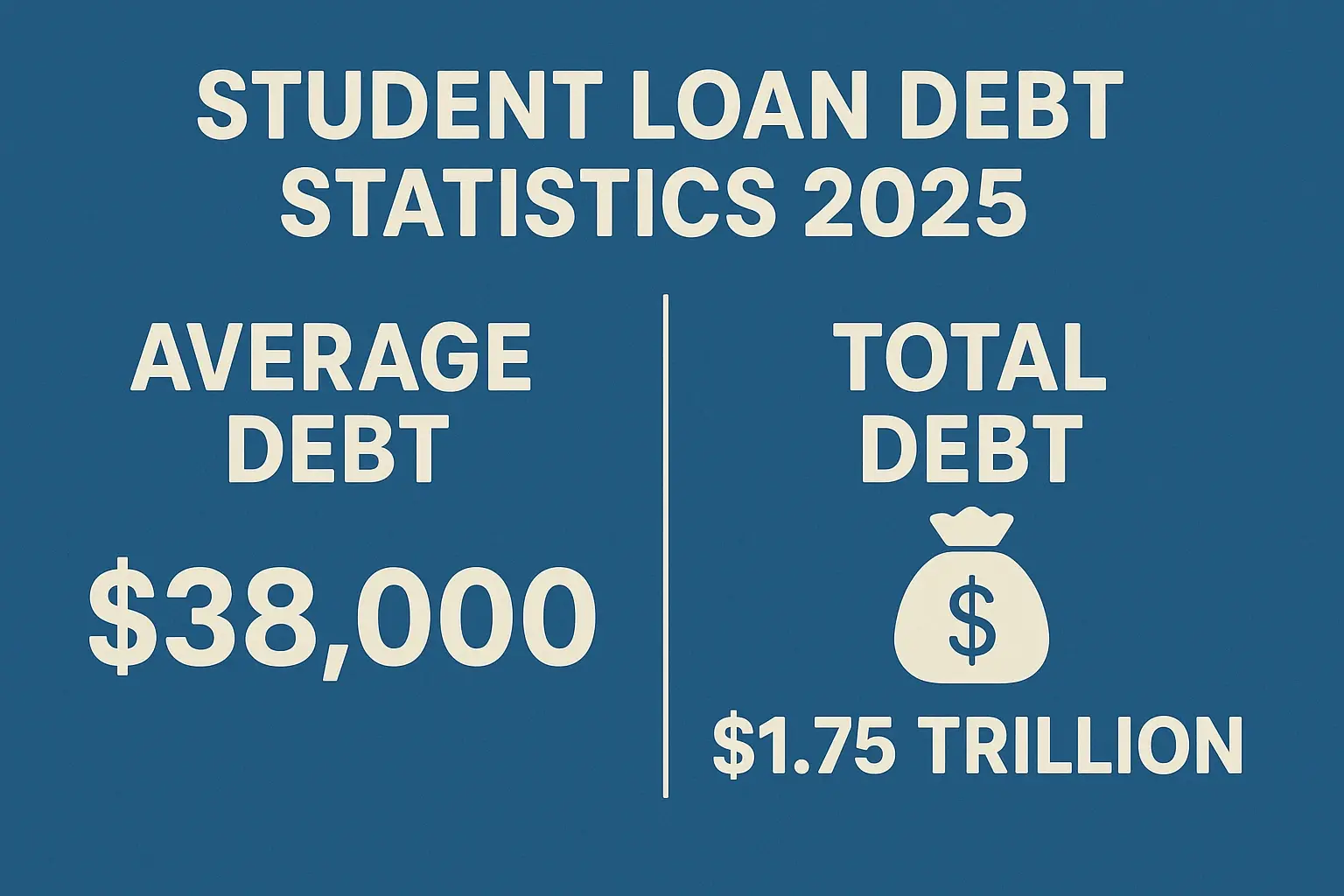-
Posted on: 23 Aug 2024

-
The VA home loan program is one of the most valuable benefits available to veterans, active-duty military personnel, and eligible surviving spouses. It's designed to make homeownership more accessible and affordable. But navigating the world of mortgages can be daunting. This comprehensive guide will walk you through everything you need to know about how a VA home loan works, from eligibility requirements to the application process and beyond.
What is a VA Home Loan?
A VA home loan is a mortgage loan guaranteed by the U.S. Department of Veterans Affairs (VA). This guarantee protects lenders, enabling them to offer more favorable terms to borrowers who qualify. Unlike traditional mortgages, VA loans often come with no down payment requirement and no private mortgage insurance (PMI).
Key Benefits of a VA Home Loan:
- No Down Payment: One of the biggest hurdles to homeownership is the down payment. VA loans often require no down payment, making homeownership attainable for more veterans.
- No Private Mortgage Insurance (PMI): PMI is typically required on conventional loans when the borrower puts down less than 20%. VA loans don't require PMI, saving you money each month.
- Competitive Interest Rates: VA loans often have lower interest rates compared to conventional loans, saving you money over the life of the loan.
- Easier to Qualify: VA loans often have more lenient credit requirements than conventional loans.
- Assumability: In some cases, VA loans can be assumed by eligible borrowers, making them an attractive option for sellers.
Who is Eligible for a VA Home Loan?
Eligibility for a VA home loan depends on your military service. Generally, you may be eligible if you meet one of the following requirements:
- Served 90 days of active duty during wartime
- Served 181 days of active duty during peacetime
- Have more than 6 years of service in the National Guard or Reserves
- Are the surviving spouse of a veteran who died in the line of duty or as a result of a service-connected disability
Certificate of Eligibility (COE)
To determine your eligibility, you'll need a Certificate of Eligibility (COE). The COE verifies to the lender that you meet the basic service requirements for a VA loan. You can obtain a COE in several ways:
- Through your lender: Most lenders can quickly obtain your COE through the VA's e-Benefits portal.
- Online through the VA website: If you have a VA eBenefits account, you can apply for your COE online.
- By mail: You can download and complete VA Form 26-1880 and mail it to the VA. This method takes longer than applying online or through your lender.
Types of VA Home Loans
The VA offers several types of home loans to meet different needs:
- Purchase Loan: Used to buy a primary residence.
- Construction Loan: Used to build a new home.
- Cash-Out Refinance Loan: Allows you to refinance your existing mortgage and take out cash for any purpose.
- Interest Rate Reduction Refinance Loan (IRRRL): Also known as a VA Streamline Refinance, this loan allows you to refinance your existing VA loan to a lower interest rate.
- Native American Direct Loan (NADL) Program: Helps Native American veterans purchase, construct, or improve a home on federal trust land.
Understanding the IRRRL (Interest Rate Reduction Refinance Loan)
The IRRRL is designed for veterans who already have a VA loan. It's a streamlined process with less documentation required than a standard refinance. The primary goal of an IRRRL is to lower your monthly payment or interest rate. You typically don't need an appraisal or credit check for an IRRRL.
The VA Loan Process: A Step-by-Step Guide
Here's a breakdown of the typical VA loan process:
- Get Pre-Approved: Before you start house hunting, get pre-approved for a VA loan. This will give you an idea of how much you can borrow and strengthen your offer when you find a home.
- Find a Real Estate Agent: Work with a real estate agent who is familiar with the VA loan process. They can help you find homes that meet VA appraisal requirements.
- Find a Home: Start your home search and find a property that meets your needs and budget.
- Make an Offer: Once you've found a home, make an offer to the seller.
- VA Appraisal: The VA will order an appraisal to determine the fair market value of the property. The appraisal also ensures the home meets the VA's minimum property requirements (MPRs).
- Underwriting: The lender will review your financial information and the appraisal to determine if you qualify for the loan.
- Closing: If everything is approved, you'll attend a closing meeting, sign the loan documents, and receive the keys to your new home!
The VA Funding Fee
The VA funding fee is a one-time fee charged on most VA loans. It helps the VA cover the costs of the loan program. The amount of the funding fee depends on several factors, including:
- Loan Type: Purchase loans, refinance loans, and construction loans have different funding fee rates.
- Down Payment: If you make a down payment of 5% or more, the funding fee will be lower.
- First-Time Use vs. Subsequent Use: The funding fee is generally higher for subsequent uses of the VA loan.
Who is Exempt from the VA Funding Fee?
Certain veterans are exempt from paying the VA funding fee, including:
- Veterans receiving VA disability compensation
- Veterans who are entitled to receive VA disability compensation but are not currently receiving it
- Surviving spouses of veterans who died in service or from a service-connected disability
VA Loan Limits
While the VA doesn't technically have a loan limit, it does follow the conforming loan limits set by the Federal Housing Finance Agency (FHFA). In most areas of the country, the 2024 conforming loan limit is $726,200. In high-cost areas, the limit is higher. This means you can typically borrow up to this amount without needing to make a down payment. Borrowing above the conforming loan limit may require a down payment.
VA Minimum Property Requirements (MPRs)
The VA has Minimum Property Requirements (MPRs) that a home must meet in order to be eligible for a VA loan. These requirements are in place to ensure the home is safe, sanitary, and structurally sound. Some common MPRs include:
- Adequate heating and cooling
- Safe and sanitary water supply
- Adequate sewage disposal
- Sound roofing and structure
- Freedom from hazards such as lead-based paint or asbestos
The VA appraiser will inspect the property to ensure it meets these requirements. If repairs are needed, you may be able to negotiate with the seller to have them completed before closing.
Refinancing with a VA Loan
VA loans are not just for purchasing a home. You can also use a VA loan to refinance your existing mortgage. There are two main types of VA refinance loans:
- Cash-Out Refinance: Allows you to refinance your existing mortgage and take out cash for any purpose, such as home improvements, debt consolidation, or other expenses.
- Interest Rate Reduction Refinance Loan (IRRRL): Also known as a VA Streamline Refinance, this loan allows you to refinance your existing VA loan to a lower interest rate, potentially saving you money on your monthly payments.
Alternatives to a VA Loan
While VA loans are a fantastic option for eligible veterans, it's always a good idea to explore other mortgage options to see what best fits your individual needs. Here are some alternatives:
- Conventional Loans: These loans are not backed by the government and typically require a down payment and PMI if you put down less than 20%.
- FHA Loans: FHA loans are insured by the Federal Housing Administration and are often a good option for first-time homebuyers with limited credit.
- USDA Loans: USDA loans are available to eligible homebuyers in rural areas and offer no down payment options.
Tips for a Successful VA Loan Application
Here are a few tips to increase your chances of a successful VA loan application:
- Get your finances in order: Check your credit report, pay down debt, and save for closing costs.
- Gather your documents: Collect all the necessary documents, such as your COE, pay stubs, tax returns, and bank statements.
- Work with an experienced lender: Choose a lender who is familiar with the VA loan process and can guide you through each step.
- Be patient: The VA loan process can take time, so be patient and stay in close communication with your lender.
Common Mistakes to Avoid with VA Loans
Avoid these common pitfalls to ensure a smooth VA loan process:
- Ignoring your credit score: Even though VA loans are more lenient, a good credit score improves your chances and secures better interest rates.
- Overlooking closing costs: Factor in closing costs, even though they are often lower than conventional loans.
- Failing to understand the funding fee: Be aware of the funding fee and whether you qualify for an exemption.
- Not shopping around for lenders: Compare rates and fees from multiple lenders to find the best deal.
- Disregarding Minimum Property Requirements (MPRs): Make sure the property meets VA's safety standards.
